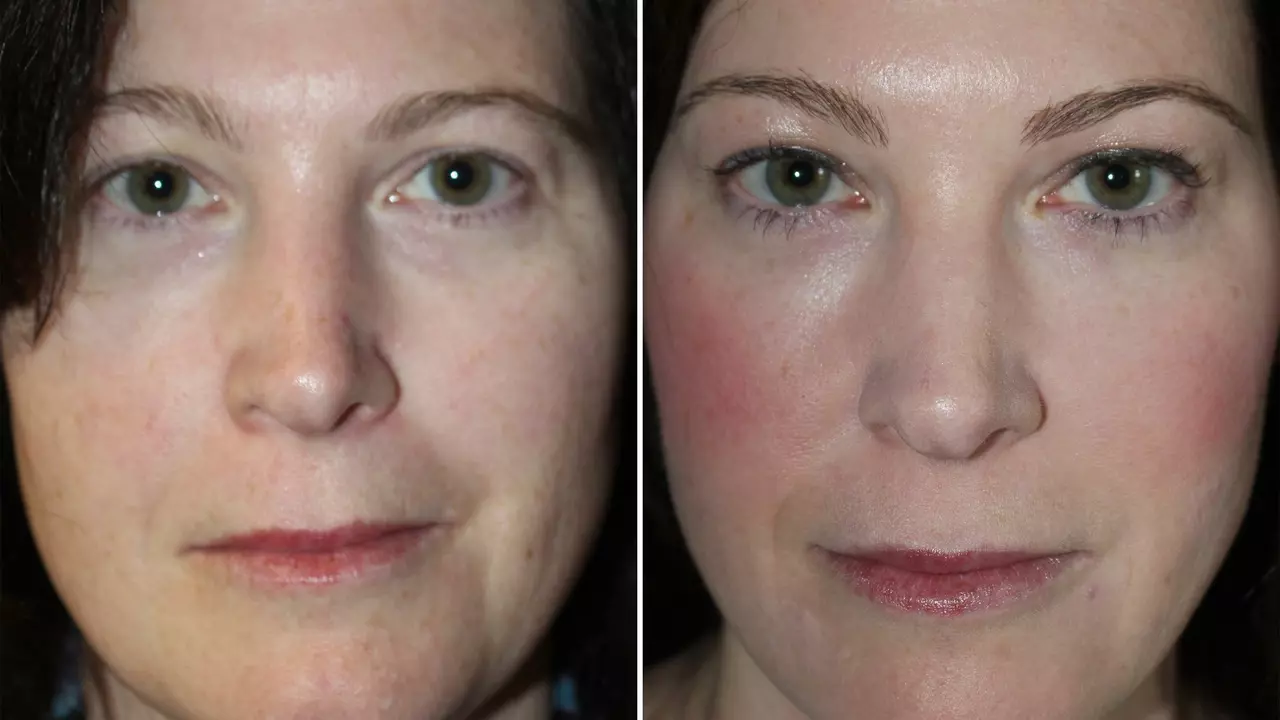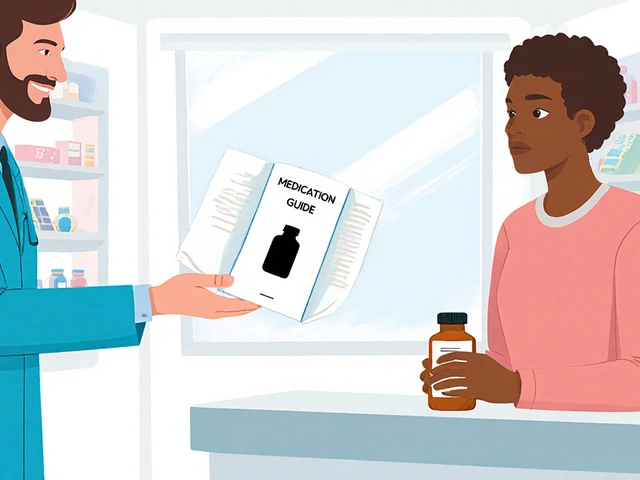Chemical Peels: What Works, What Risks, and How to Recover
Chemical peels use acids to remove damaged outer layers of skin, revealing smoother, brighter skin underneath. They treat acne scars, fine lines, sun damage, and uneven tone. Some peels are light and need no downtime; others go deeper and require recovery time. Knowing the types and aftercare helps you pick the right peel and avoid surprises.
Light peels, like glycolic or lactic acid, exfoliate the top layer and are good for mild texture issues and dullness. Medium peels such as trichloroacetic acid (TCA) penetrate deeper to reduce fine lines and shallow scars. Strong peels, often higher-concentration TCA or phenol, can produce dramatic results but need medical supervision and longer healing. Salicylic acid peels are oil-soluble and work well for oily, acne-prone skin.
Choosing the right peel and provider
Start by matching your goals and skin type. If you have dark or sensitive skin, tell your provider—some peels can cause discoloration if used improperly. A dermatologist or licensed medical esthetician should assess scars, pigmentation, and any active acne before recommending a peel. Ask about concentrations, expected downtime, and follow-up treatments. If you want a quick glow with little risk, try a series of light glycolic peels. For deeper lines or stubborn pigment, discuss TCA with a medical professional.
Aftercare, risks, and realistic expectations
After a peel you’ll need to protect the new skin. Expect redness, flaking, and increased sensitivity for days to weeks depending on depth. Use gentle cleanser, avoid active ingredients like retinoids and AHAs until healed, and apply a mineral sunscreen daily. Moisturize frequently to reduce flaking. Infection and scarring are rare but possible—contact your provider if you see unusual swelling, pus, or prolonged pain. For darker skin tones, there's a higher risk of permanent hyperpigmentation or hypopigmentation; follow pretreatment and post-care guidance closely.
Prep matters. A few weeks before a medium or deep peel, many providers ask you to use gentle retinoid or hydroquinone to even tone and speed healing. Avoid waxing or strong facial treatments for two weeks before. Smoking slows recovery, so try to cut back before your appointment. Ask about pain control—deeper peels often need topical numbing or sedation.
Results appear over time. Light peels require repeat sessions every few weeks for best effect. Medium to deep peels may produce long-lasting changes after one session but often need downtime and recovery care. Combine peels with sun protection, topical retinoids (when cleared by your provider), and professional guidance to maintain results. If you’re pregnant, breastfeeding, or using certain acne drugs like isotretinoin, wait and consult your doctor before getting peels.
At-home peel products can offer mild improvements, but follow instructions and avoid stacking multiple acids. If unsure, book a consult with a dermatologist who can suggest the safest approach and create a treatment plan tailored to your skin and goals. Good planning and proper aftercare make peels a useful tool for fresher-looking skin without unnecessary risks. Budget varies widely; get a cost estimate before booking.

In exploring the effectiveness of chemical peels for chloasma, I've discovered numerous benefits. Chemical peels have been found to reduce the appearance of these dark patches, often caused by hormonal changes or sun exposure. They essentially exfoliate the skin, removing the damaged outer layers and promoting new, healthier skin growth. However, their effectiveness can depend on various factors, including the type and depth of peel, so it's crucial to consult with a professional. Overall, they offer a promising treatment option for chloasma sufferers.






